The Benefits of Using a Pulse Dose Oxygen Conserving Device
This sophisticated pulse dose technology is built into the oxygen conservers to detect the individual's breathing rate and deliver a pulse dose or bolus of oxygen at the beginning of the inhalation. It will provide the burst of oxygen needed to breathe easier when increasing physical activity. Continuous flow setting naturally wastes oxygen when the patient isn't inhaling and therefore this conserving device will automatically reduce tank refills. How long the oxygen tank will last is different for everyone since it's based on the patient's breathing rate and prescribed LPM. Another benefit is a pulse dose of oxygen may be more comfortable than a continuous flow since the constant stream of oxygen can have a drying effect on the nasal cavity.
Who Is a Candidate for Pulse Dose Using an O2 Oxygen Conserver?
Every patient must seek advice from their doctor. The prescribed liters of oxygen per minute (LPM) will determine oxygenation needs and if a pulse dose delivery will work.
Features To Consider When Selecting an Oxygen Conserver Regulator
Uniform-Pulse or Demand-Pulse
The portable oxygen conserving device offers either Demand or Uniform Pulse. Demand delivers oxygen as soon as it detects the breath whereas Uniform-Pulse delivers the pre-set oxygen amount with every inhalation.
Examples:
- Evolution Motion Electronic Oxygen Conserver offers Uniform-Pulse to customize the oxygen output from 14 to 40 breaths per minute. There two uniform settings which are rest or active as oxygen needs change with activity.
The Number of Flow Settings
Make sure to choose an oxygen conserver that meets the desired flow settings prescribed by the physician. Most conservers provide up to 5 LPM with options up to 7 LPM.
Example:
Pneumatic vs. Electronic Oxygen Conserver Device
A pneumatic device uses gas pressure and therefore it doesn't need a battery power source and requires less maintenance. Electronic versions do require batteries that need to be changed out as needed, but they offer some advantages, such as light signals to indicate when they're in operation and a flashing light or alarm if they don't detect a breath.
Examples:
Audible Pulse Sound
When the oxygen is delivered, some devices give out an audible puff sound with every pulse dose. This can be annoying for some respiratory therapy patients while others like the audible indication that assures them the pulse dose mode is active and working properly.
Example:
Related Products


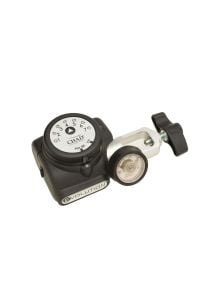
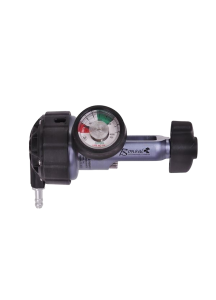
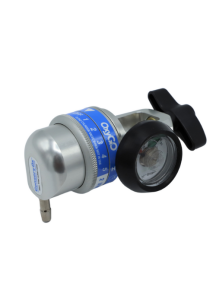
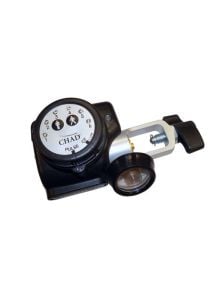
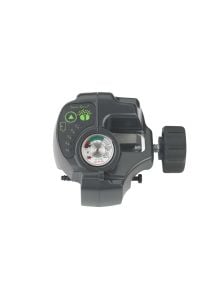
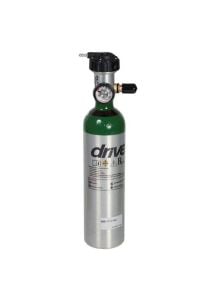
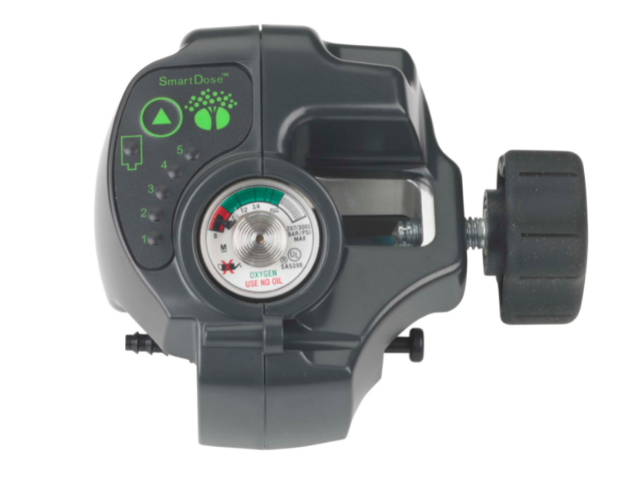
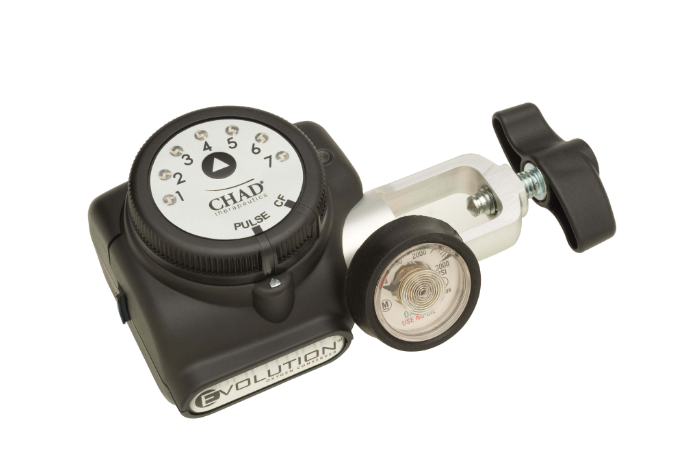
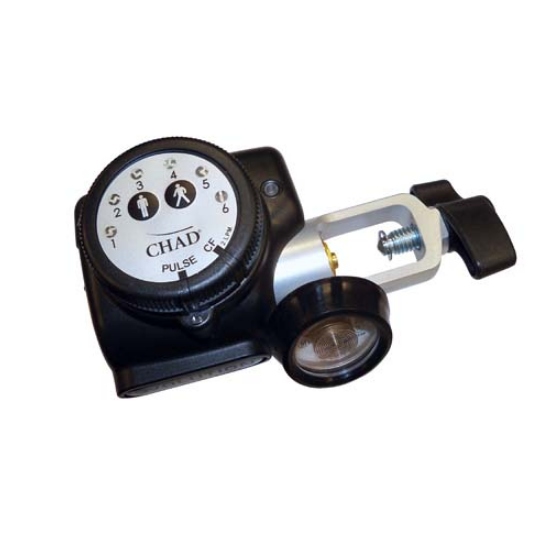
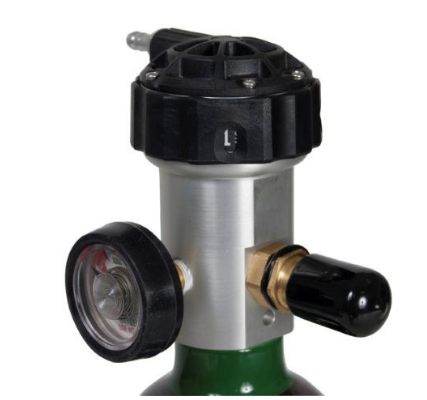
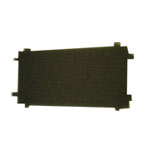
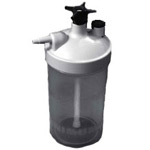
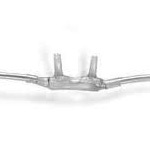
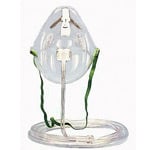
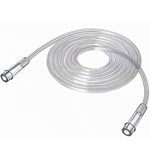

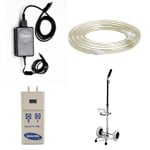
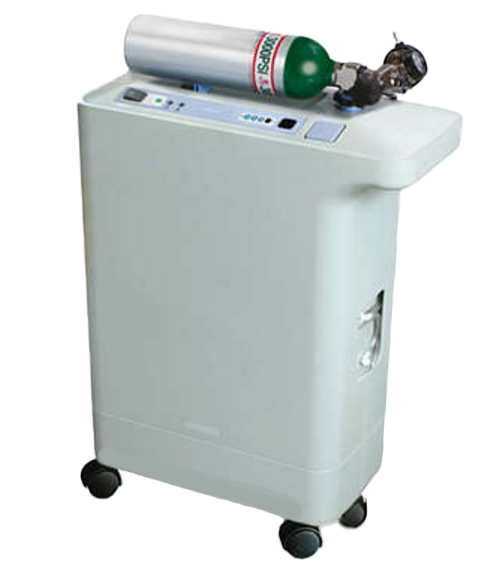
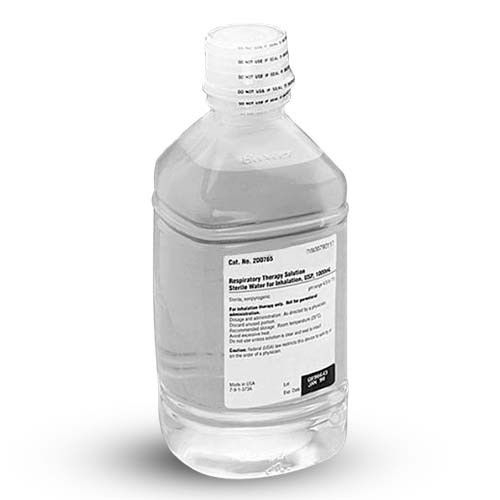
Login and Registration Form